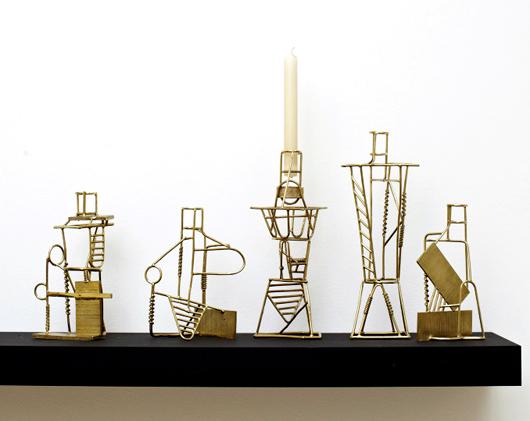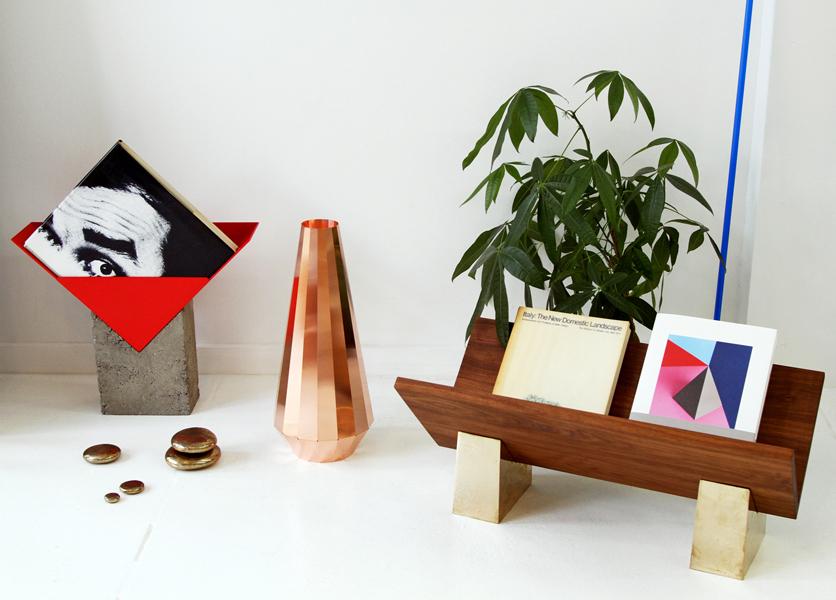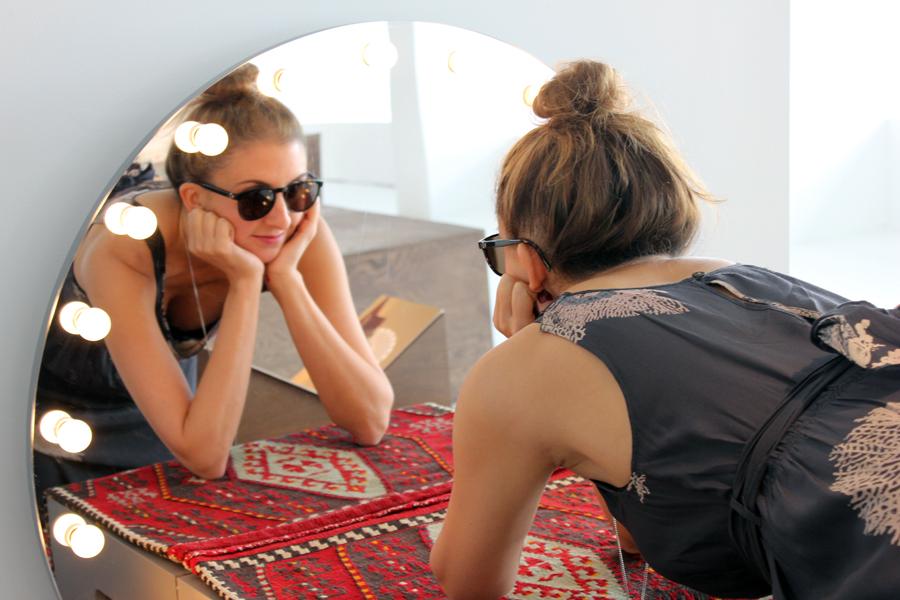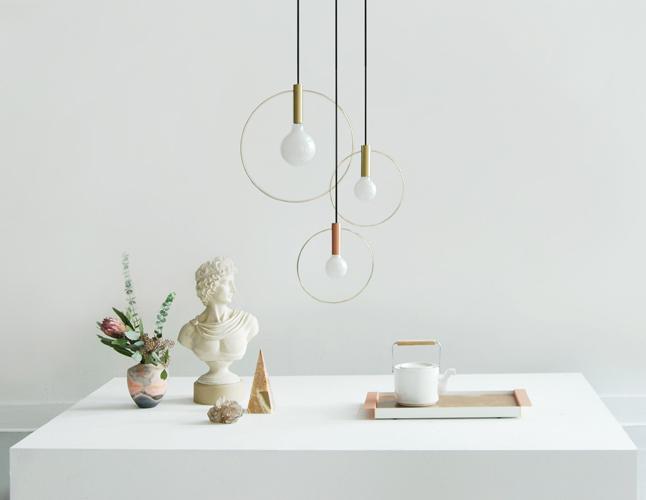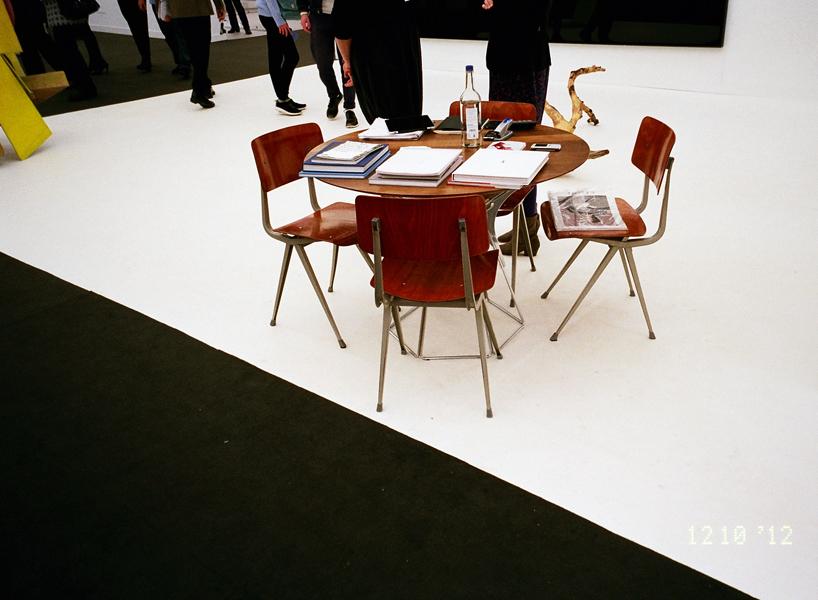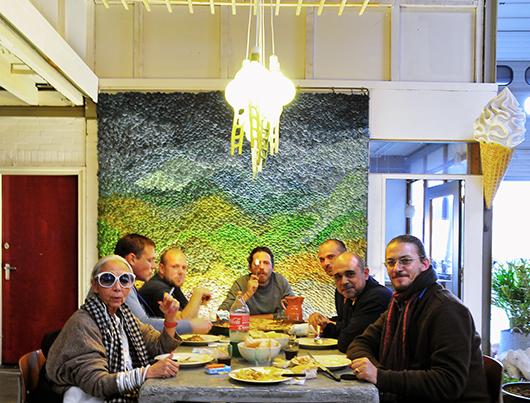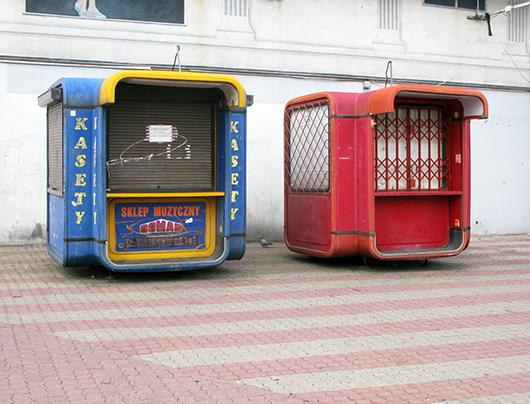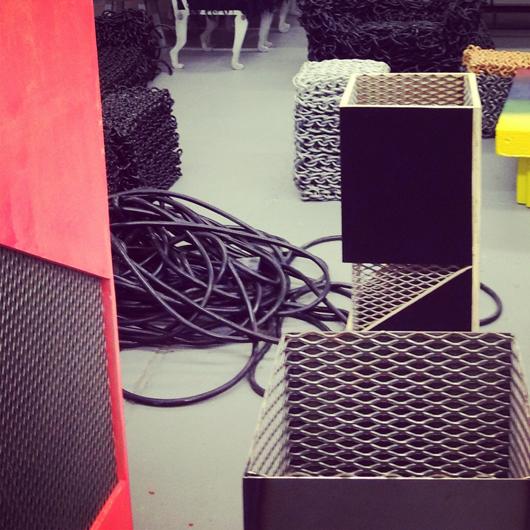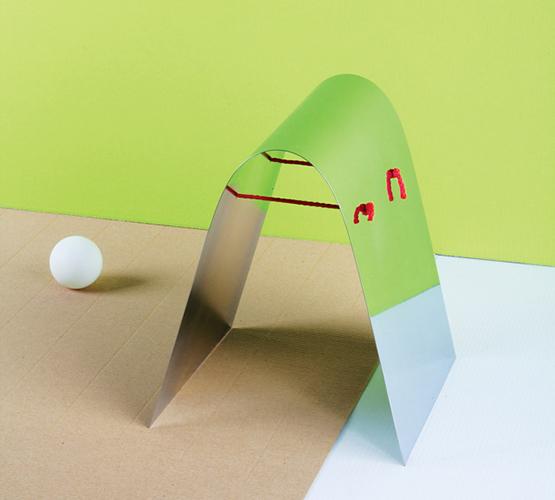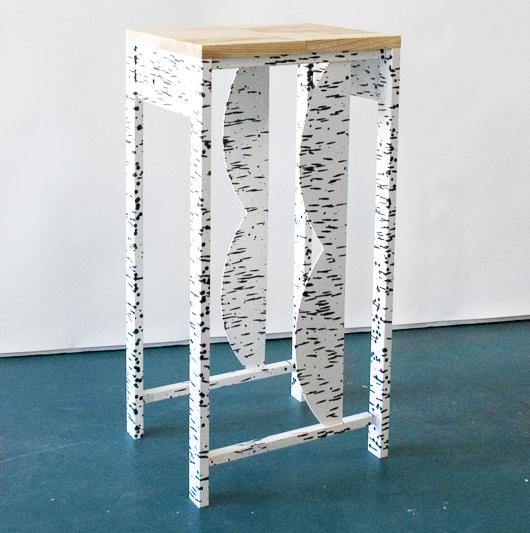
01.03.13
Sighted
The Fancy World by Matt Paweski
If there was ever a time when artists and designers could remain shrouded, Wizard of Oz-like, behind a curtain of mystery and intrigue, that time — partly thanks to sites like ours — is almost certainly past. Granted most artists still don't have their own websites, and most of their galleries are pitiful at conveying background info, but this being the information age, some blogger or curator never fails to come along and connect the dots. In the case of Matt Paweski, it may very well end up being Sight Unseen that gets to do the honors. While the Los Angeles–based artist is showing an exciting new body of work called "The Fancy World" at South Willard at the moment, so far there's very little to be gleaned about him anywhere online. We fell so in love with the new pieces, which are furniture-like in form if not entirely in function, that we set the wheels in motion for a more in-depth studio visit with Paweski in the spring. You'll get to know him better at that point, but for now, the Michigan-born talent was kind enough to tell us more about "The Fancy World," whose pieces are pictured in this post: "The fine line between something working or not is a place my work constantly returns to," he says.
